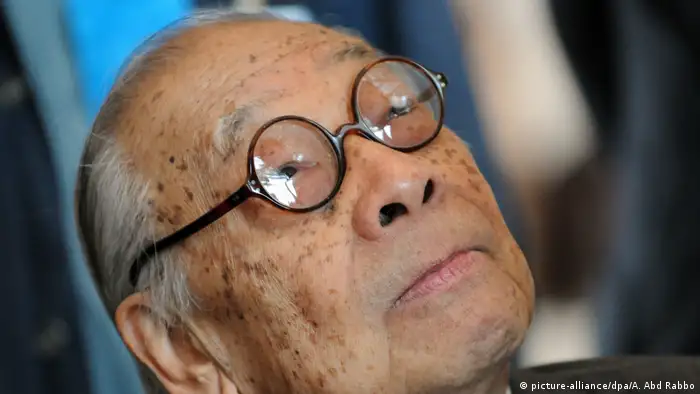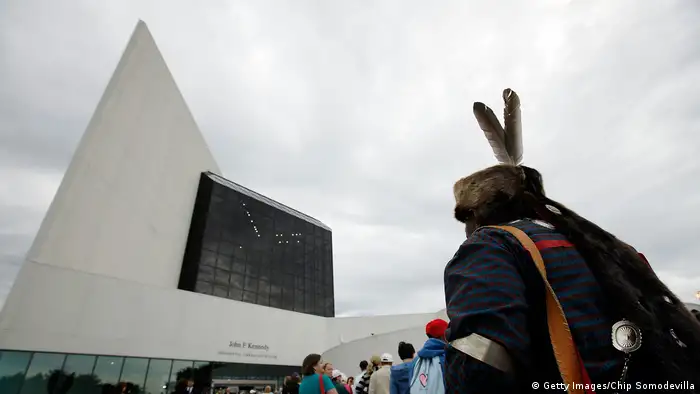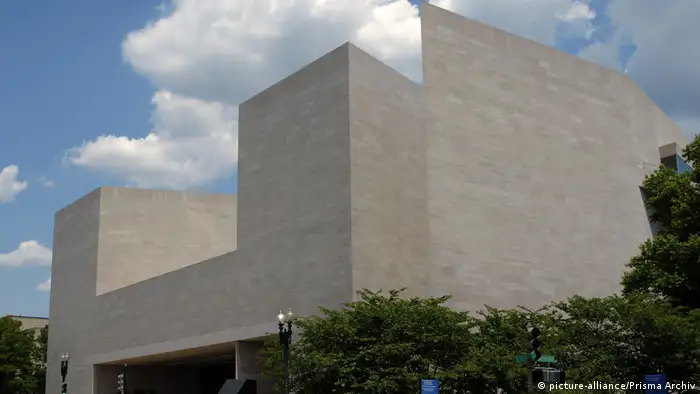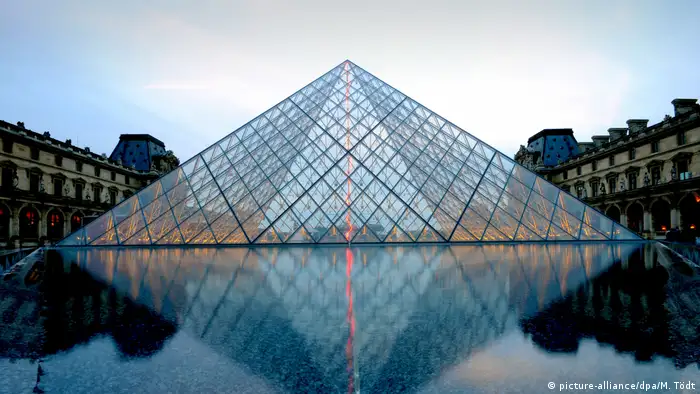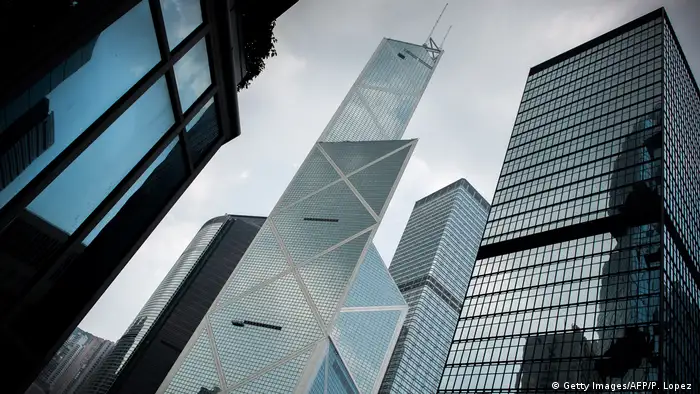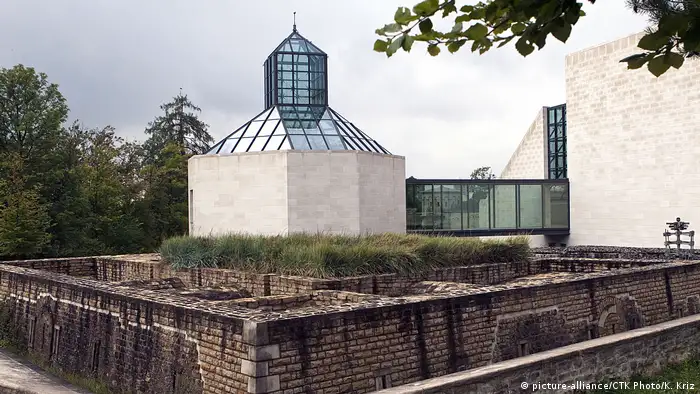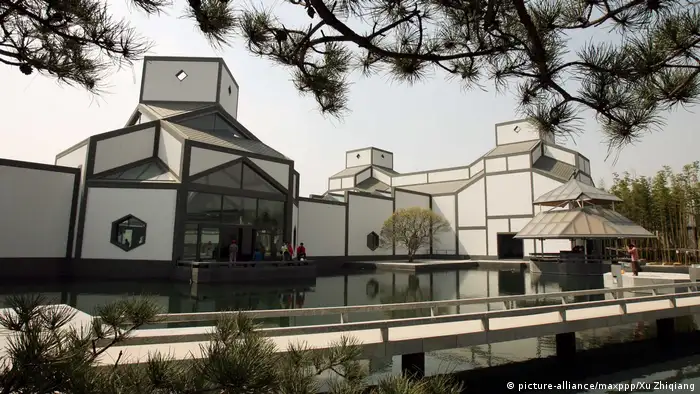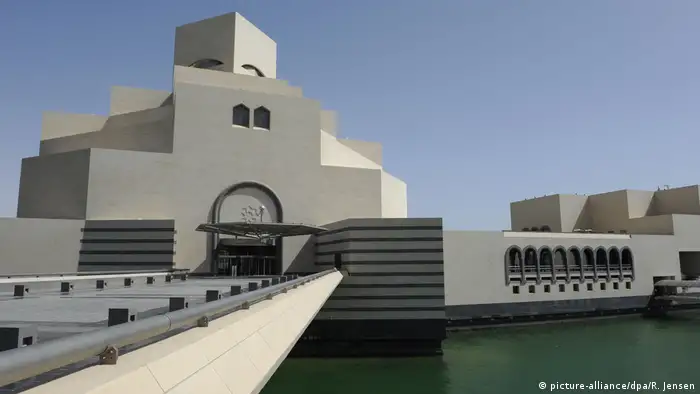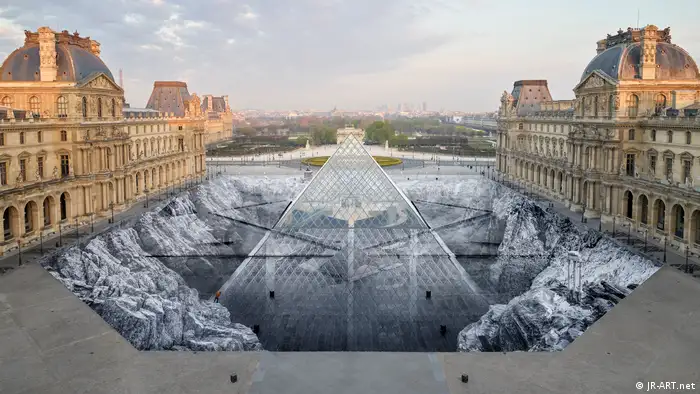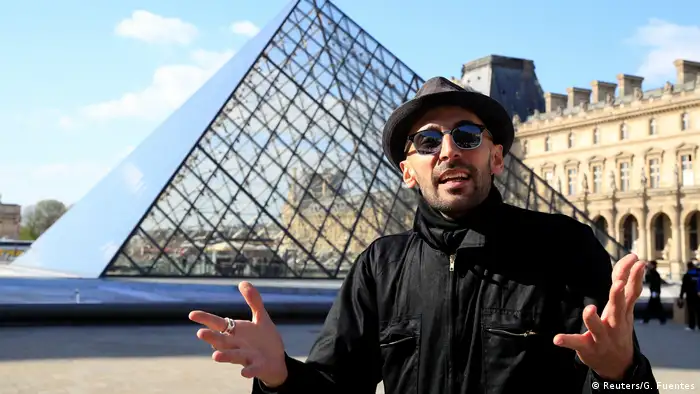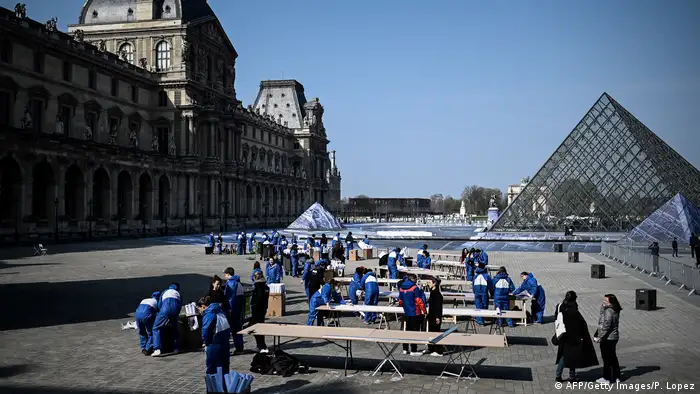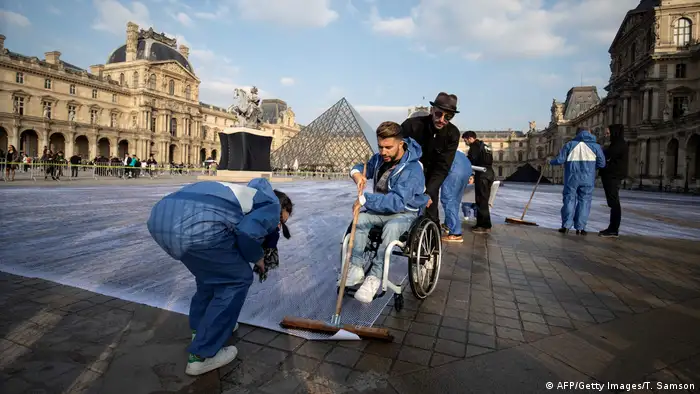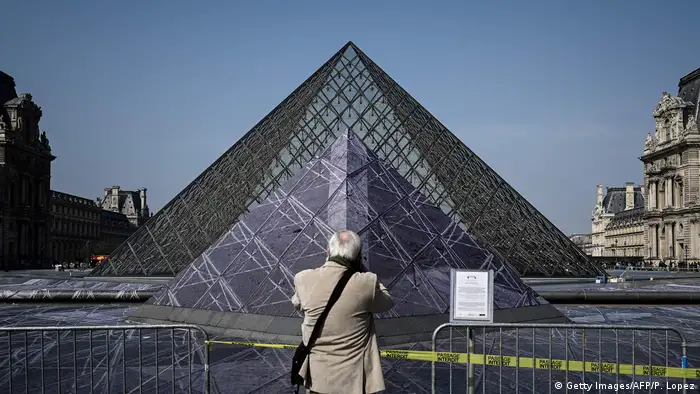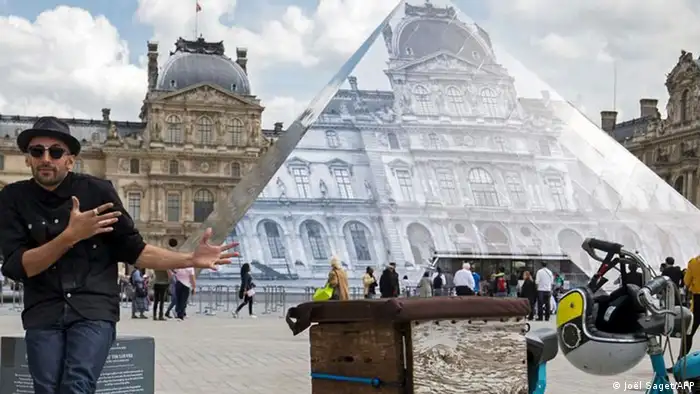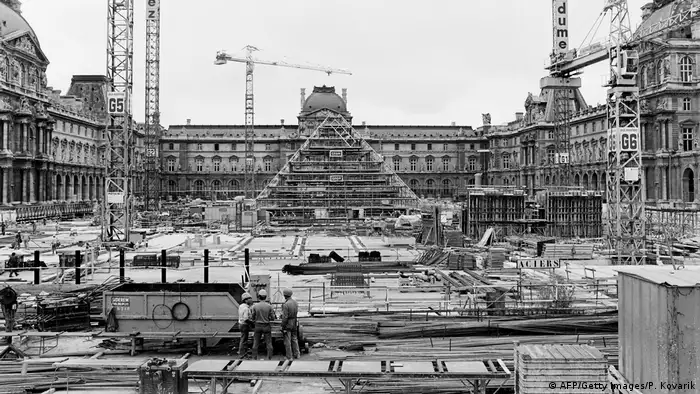Architect I.M. Pei, who found fame employing a modern style on numerous high-profile projects over more than six decades, has died at the age of 102, the New York Times reported Thursday.
The Chinese-born Pei — who masterminded construction of the Louvre pyramid as part of the art gallery's extensive renovation in the 1980s — was said to have died overnight.
The son of a prominent banker in China, the young Ieoh Ming Pei moved to the US in 1935 to study architecture at the Massachusetts Institute of Technology and Harvard University.
After teaching and working for the US government, he started work for a New York developer in 1948 and opened his own firm in 1955.
Pei's portfolio included museums, public buildings and company headquarters around the world, including the Bank of China Tower in Hong Kong and the Athens' Museum of Modern Art.
-
Optical illusion helps Louvre's famous pyramid turn 30
Eye-popping illusion
The world's largest art museum may be more than 200 years old, but its iconic entrance — a glass pyramid — didn't arrive until 1989. To mark the structure's 30th anniversary, street artist JR was commissioned to design an optical illusion made of paper strips. The temporary collage, when viewed from above, gives the famed 21-meter-high (nearly 70-foot-high) pyramid dizzying added depth.
-
Optical illusion helps Louvre's famous pyramid turn 30
The 'French Banksy'
Street artist JR — dubbed the "French Banksy" after the British artist famous for his social commentary — promised his latest work would reveal "the Secret of the Great Pyramid." The installation was created using a technique that distorts the image of the subject unless viewed from a specific angle but he was not able to achieve the project alone.
-
Optical illusion helps Louvre's famous pyramid turn 30
Hundreds needed to create mirage
Some 400 volunteers were roped in to work on the project. They spent four days in teams of 50 to paste strips of printed paper on the cobbles of the courtyard in front of the museum. "There are more than 2,000 strips to paste on the ground, each 10 meters long, so it's a huge puzzle," the artist told the Agence France-Presse news agency.
-
Optical illusion helps Louvre's famous pyramid turn 30
Giant projection screen
When finished, the collage became a giant screen that projected the pyramid, apparently emerging from its foundations, as if from a giant quarry of white rock. The ariel view of the image was then projected to the public by two plasma screens in the courtyard. Although the main pyramid was untouched, three smaller pyramids were covered with paper to enhance the final optical illusion.
-
Optical illusion helps Louvre's famous pyramid turn 30
Stunt prompts complaints
Despite the hype, some museum-goers were unimpressed, complaining that they couldn't see any optical illusion at ground level. Some even accused the museum that contains the Mona Lisa and Venus de Milo of elitism, because a special VIP pass was the only way to view the installation from a balcony.
-
Optical illusion helps Louvre's famous pyramid turn 30
Disappearing act
The crater collage is the second installation by JR — whose real name is Jean Rene — at the Louvre's iconic pyramid. In 2016, he made the glass structure "disappear" with a black and white photo trick. The nearly 700 glass segments were papered with small portions of images of the Louvre Palace, which the pyramid partially blocks.
-
Optical illusion helps Louvre's famous pyramid turn 30
'Pharoah Mitterrand's pyramid'
Commissioned by the late French President Francois Mitterrand in 1984, the pyramid was hated by many Parisians who said the glass structure was incompatible with the classic French Renaissance style of the Louvre Palace. Chinese-American architect I. M. Pei was also mocked, as he was deemed not French enough. Today, the structure is one of Paris' main landmarks.
Author: Nik Martin
Louvre detested at first
However, it was Pei's work on the Louvre that proved most controversial and memorable.
His selection for the project proved controversial from the very beginning, with many surprised that a French architect had not been chosen. Pei also had no prior experience with historic buildings.
His futuristic 21-meter-tall (70-foot) steel-framed, glass-walled pyramid at the museum's grand entrance — with three smaller pyramids nearby — was detested by many French critics. However, it also won praise for successfully embracing modernity in a setting that was grounded in history.
Read more: 100 years of Bauhaus: Myths and misunderstandings
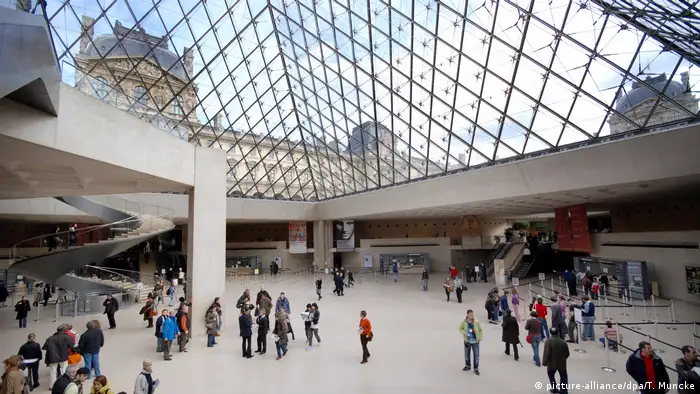
Pei successfully blended the Louvre, parts of which date to the 12th century, with modernity
'Lasting architecture has to have roots'
Despite the modernity of Pei's work, he himself said that tradition was important as a frame of reference.
"I understand that time has changed, we have evolved," said Pei. "But I don't want to forget the beginning. A lasting architecture has to have roots."
Although he formally retired from his firm in 1990, Pei was still accepting projects in his late 80s, such as museums in Luxembourg, Qatar and his ancestral Chinese home of Suzhou.
rc/cmk (AFP, Reuters)
Each evening at 1830 UTC, DW's editors send out a selection of the day's hard news and quality feature journalism. You can sign up to receive it directly here.

